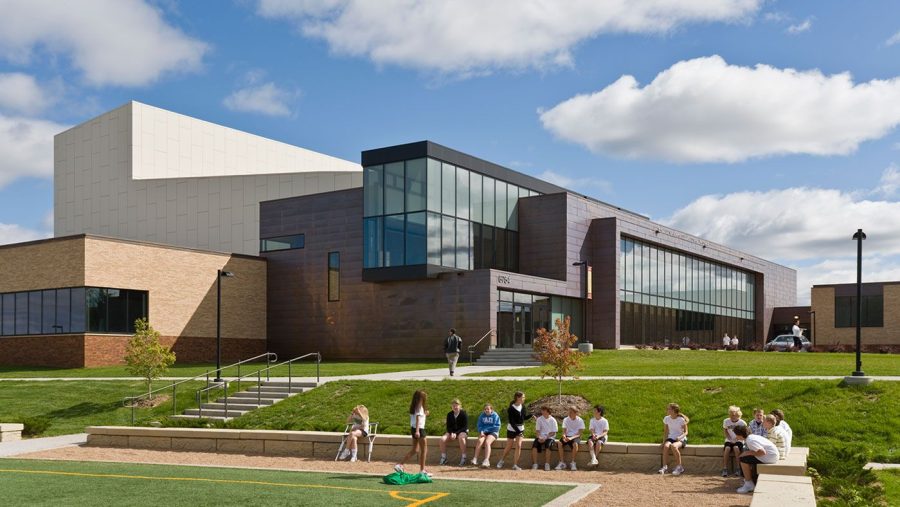A brief overview of Edina Public School’s curriculum review procedures
July 6, 2022
The curriculum review process is currently underway for Edina Public Schools’ English Language Arts (ELA) and Science curriculum. The process is dictated by the Minnesota Department of Education standards. As these standards are updated roughly every 10 years, school districts are given a window of time to adjust their curriculum to match. EPS’s phased approach relies on data and assessment to make changes and improvements, with an emphasis on taking into account diverse perspectives.
The curriculum review process takes place in several phases. The first stage of exploration aims to assess where current practices land compared to where they should be. “We have spent time with the team right now exploring key pieces of research around curriculum design and instruction, multi-tiered systems of support, equity, and inclusion,” Assistant Director of Teaching and Learning Bethany VanOsdel said.
The following stage examines the new standards and the data that comes with them. “It’s super important to understand that everything that we do is grounded in student learning. Every single discussion that we have is focused around what is the best case scenario to ensure that students are able to understand and apply the standards that they’re being asked to do in each of the courses that we’re doing,” Teaching and Learning Teacher on Special Assignment Mark Carlson said.
The third phase encompasses review of course materials and eventually, recommendations. The phase uses a combination of input and expertise from design groups and stakeholders to propose curriculum changes. These recommending bodies include teachers and faculty that cover a wide area of knowledge and experience; the groups are constructed to be representative of multiple viewpoints. Depending on the specific curricula being reviewed, design groups may vary in composition as well. For example, a central body of K-12 educators may be desired over two different teams of elementary and secondary faculty. Similarly, different subjects may require groups of varying composition. Not only are individuals on the team selected for subject area, but also to ensure vertical alignment, or cohesiveness between grade levels.
Ultimately, recommending bodies only pass along suggestions to district administration. The district curriculum review team may rely on recommending bodies for suggestions, but neither they nor teachers and faculty are authorized to initiate implementation. The School Board is directly responsible for voting to implement these changes, such as fiduciary decisions related to purchasing materials.
The final stages are implementation and continuous improvement. At any point in time, any given subject area may be going through curriculum review; small changes are made to accommodate new developments. “Every step has a purpose and that can take years…it’s kind of the ‘go slow to go fast,’ right? Each piece of implementation science component needs to be in place and we are really diligent on doing the right work, not the fast work,” VanOsdel said.


